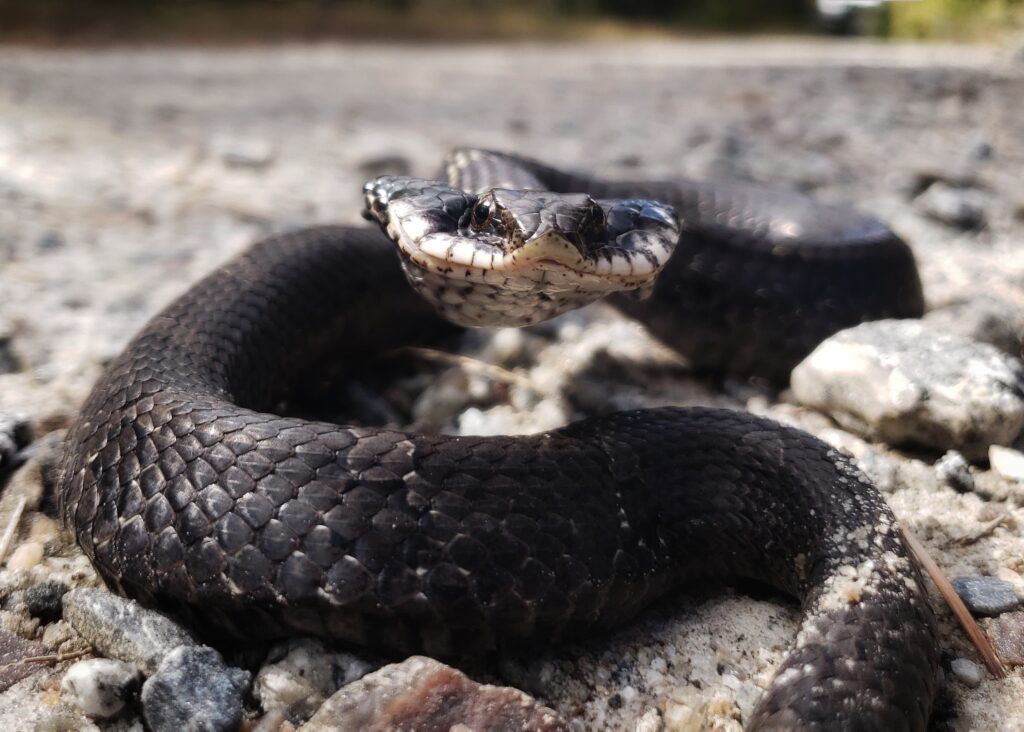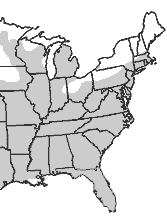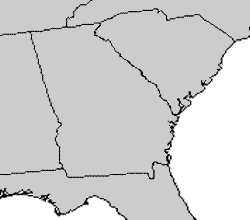Eastern Hognose Snake (Heterodon platirhinos)
Eastern Hognose Snake (Heterodon platirhinos)



Description: A thick-bodied snake reaching up to 115 cm (46 in). Easily recognized by its upturned snout, adapted for digging in sandy soils. Highly variable in color, with background shades of yellow, gray, brown, green, or black, often patterned with large, rectangular blotches that may resemble eyespots. Scales are keeled, and the underside of the tail is lighter than the belly. Sexual dimorphism is subtle: females have more gradually tapering tails, while males have a thicker base near the cloaca followed by a sharp taper. Famous for dramatic defensive displays—hissing, flattening the neck like a cobra, bluff-striking, and eventually playing dead, mouth agape and belly up. Despite these behaviors, they rarely if ever bite.
Range and Habitat: Occurs across the eastern half of the United States, from Florida north to New England, the Great Lakes, and into southern Canada. Widespread in Georgia and South Carolina. Prefers sandy woodlands, fields, farmland, and coastal habitats, often associated with loose soils suitable for burrowing.
Habits: Diurnal and frequently observed crossing roads in spring and fall. Specializes in feeding on toads, though will also take frogs, salamanders, small mammals, birds, and invertebrates. Immune to toad toxins and equipped with enlarged rear teeth to puncture inflated toads, enabling easier swallowing. Reaches sexual maturity at about two years of age. Oviparous, breeding in spring; females lay 15–25 eggs in sandy depressions beneath logs or rocks. Eggs hatch after 1–2 months of incubation.
Conservation Status: Common throughout much of its range. Protected in Georgia but not in most other southeastern states. Not federally protected.



